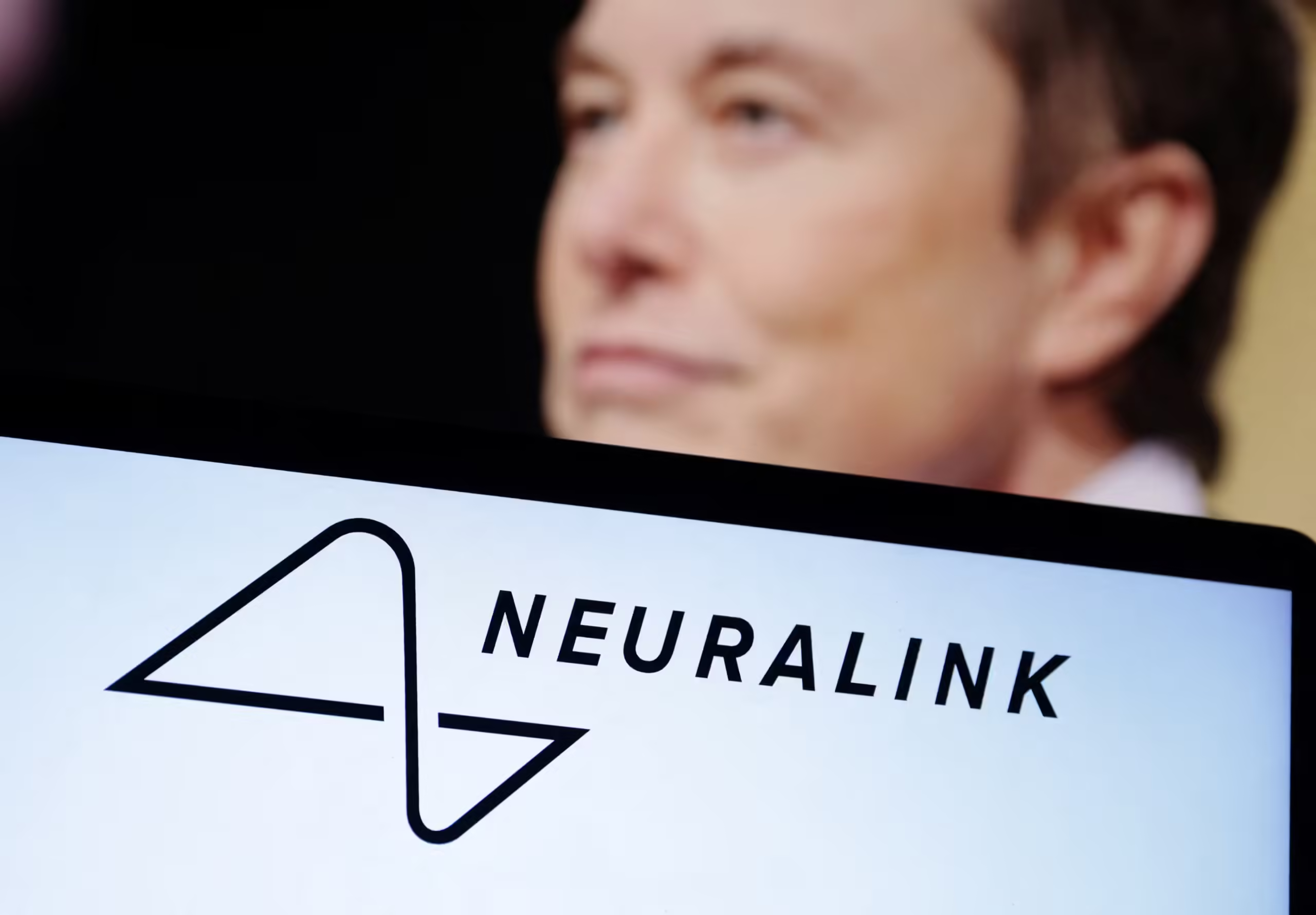In an unexpected twist of technological evolution, the once dreaded internet pop-up ads have found a new arena: Elon Musk’s Neuralink. The pioneering neural interface technology, initially developed to facilitate direct communication between the human brain and computers, is reportedly testing a new feature that integrates real-time digital advertising directly into the user’s cognitive experience.
This development has been met with mixed reactions. Proponents argue that integrating advertisements with Neuralink could help subsidize the cost of the technology, making it more accessible to a broader audience. They envision a future where users could receive ads tailored so precisely to their thoughts and preferences that they feel more like personal recommendations rather than intrusive advertising.
Critics, however, are raising alarm over the potential privacy implications and the ethical concerns of “thought ads.” They fear that blurring the lines between thought and digital content could lead to unprecedented levels of data exploitation. Moreover, there is concern about the psychological impact of having advertisements that could potentially manipulate emotions and decisions directly at the neural level.
The debate continues as Neuralink pushes forward with this integration, promising strict regulations and user controls to safeguard mental privacy and integrity. However, as this technology advances, it opens up new discussions about the boundaries of advertising, privacy, and the sanctity of human thought in an increasingly digital world.

